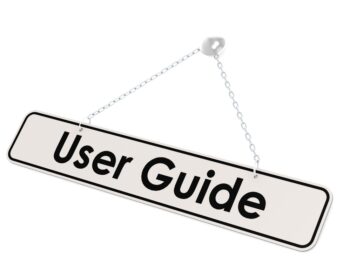
Spring is in the air—time to do some spring clean. This should not be limited to your home. Use it as an opportunity to employ creative settlement strategies and close out those troublesome files and legacy claims that have been collecting dust in your claims department.
How to Get Started?
The first step in the process is to identify cases that are prime for settlement. This should start with a review of all open files. Indicators that a workers’ compensation file might be ready for settlement include:
Click Link to Access Free PDF Download
“8 ‘Think Outside the Box’ Tactics to Settle Workers’ Comp Claims”
- Cases where the employee is at, or should be at maximum medical improvement (MMI)/end of healing period. Identification of this factor includes evidence of a healing plateau or continued medical care without improvement of symptomology.
- Cases where the employee is nearing the end of entitlement for temporary total disability benefits or other wage loss benefits. Most jurisdictions cap the number of weeks an injured worker is entitled to various indemnity benefits. It is important to review these cases for settlement as it could very well morph into a claim for permanent total disability benefits or costly retraining benefits.
- Cases where the employee has recently or will become eligible for Social Security Disability and/or Medicare benefits. Entitlement to these benefits drives claims toward the contention the employee is permanently and totally disabled. These files require an analysis for exposure regarding future medical benefits, including the recommendation for a Medicare Set-aside (MSA).
Once you have identified claims ready for settlement, it is important to contact the employee or their attorney regarding the settlement. What do you have to lose? Nothing!
Settling Troublesome Cases: Time to Think Outside the Box
Settling a workers’ compensation case is like making a sales pitch. Preparation is key. This includes thinking of the various alternatives and developing a strategy. There are also several tools the proactive claims management team has available to kick-start settlement discussions.
- Independent Medical Examinations (IME): Scheduling an IME is a great opportunity to move a case toward settlement. This can be especially useful for legacy cases where the employee’s treatment has been inconsistent or sporadic. The findings from an IME can also be used to initiate litigation with the intent of moving the claims file toward settlement.
- Mediation: This is one of the most underutilized tools in workers’ compensation. Mediation allows for all interested stakeholders to have a voice and role in settling a claim. It can also be beneficial to understand the concerns of an injured employee and tailor a settlement to suit their needs.
- Structured settlements: This tool can be used effectively in many instances—not just high value settlements. The employee receives the full value of their settlement, which is paid out over a period of time via an annuity. There is built-in “savings” when using this tool the insurance carrier receives based on the actual cost of purchasing an annuity contract. All parties receive “free” advice and services as the broker who prepares the quote and necessary paperwork is paid via commission from the life insurance carrier who initiates the annuity.
- Medicare Set-asides: Failure to settle cases involving Medicare beneficiaries (or those soon to be entitled) is driven mainly by an irrational fear of being reasonable. This excessive caution can lead to delay and lost settlement opportunities. Using a service provider to evaluate the risks is helpful.
Conclusions
It is time for spring cleaning in your claims department. Now is the time to dust off your troublesome files and think about settlement. This requires interested stakeholders to review their files, engage the other side and use creativity to drive settlements.
For additional information on workers’ compensation cost containment best practices, register as a guest for our next live stream training.

Author Michael Stack, Principal, Amaxx LLC. He is an expert in workers compensation cost containment systems and helps employers reduce their work comp costs by 20% to 50%. He works as a consultant to large and mid-market clients, is co-author of Your Ultimate Guide To Mastering Workers Comp Costs, a comprehensive step-by-step manual of cost containment strategies based on hands-on field experience, and is founder & lead trainer of Amaxx Workers’ Comp Training Center.
Contact: mstack@reduceyourworkerscomp.com.
Workers’ Comp Roundup Blog: https://blog.reduceyourworkerscomp.com/
Live Stream WC Training: http://workerscompclub.com/livestreamtraining
©2017 Amaxx LLC. All rights reserved under International Copyright Law.
Do not use this information without independent verification. All state laws vary. You should consult with your insurance broker, attorney, or qualified professional.















I was returned to work but with restrictions and my job will not let me come back to they said they can not accommodate.any if them and there is a set price they will have to pay me.do u known what they are talking about?